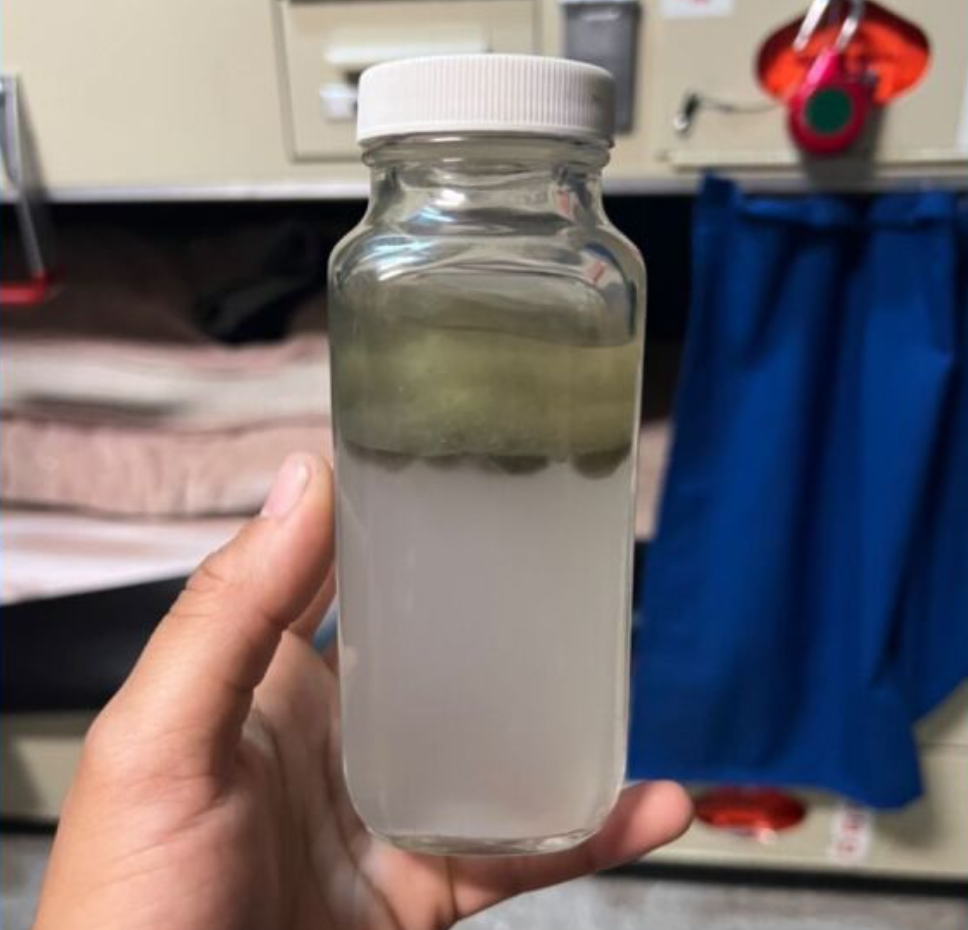- Reaction score
- 29,122
- Points
- 1,090
Almost as if sustainment is a critical capability that operators of all types tend to ignore until they can't.

Nobody has enough AORs anymore.
Almost as if sustainment is a critical capability that operators of all types tend to ignore until they can't.
Nobody has enough AORs anymore.
I have (only half jokingly) suggested that if we had a Navy of 15 AORs and 2 destroyers, we would be of more value to NATO and the USN, than the other way around….
The Canadian public might even be supportive of the idea. It plays into the myth that the nice Canadians aren't warfghter's they're peacekeepers.That's an interesting opinion. I can see how and why.
Then the Japanese show up with an "AOR" That can launch aircraft and fire VLS missiles.Nobody has enough AORs anymore.
I have (only half jokingly) suggested that if we had a Navy of 15 AORs and 2 destroyers, we would be of more value to NATO and the USN, than the other way around….
Battle Tanker finding its fullest conceptual expression.Then the Japanese show up with an "AOR" That can launch aircraft and fire VLS missiles.
We should offer Asterix's services should opportunities present itself until the new RFA ships and/or the new Protecteur are operational.
Didn’t an admiral get in a wee bit of trouble pushing for that capability retention? (s)If the RCN had Obelix as well they'd still be short in support for themselves.
Not sure why I'm surprised, but the Japanese take fuel husbandry to new levels. The diesel fuel was almost clear, and the JP5 actually sparkled like magic.Then the Japanese show up with an "AOR" That can launch aircraft and fire VLS missiles.
Meanwhile, on the USS Nimitz.Not sure why I'm surprised, but the Japanese take fuel husbandry to new levels. The diesel fuel was almost clear, and the JP5 actually sparkled like magic.
It seems like an almost unfair standard to compare any other fuel sample against for the clear and bright test (which seems kind of dumb until you see a bad sample with water, particulate etc in it).

Machinist Mate Bloggins submits primary cooling loop water as his monthly pee sample.Meanwhile, on the USS Nimitz.

Wow, that's a flashback to the samples coming off the 280 stripping system on the water compensated tanks, which was the oily water interface bit that usually had some MBGs. That was daily (twice a day?) routine for the upper deck stoker, along with a whole lot of other fuel husbandry steps so the actual fuel to the engines was pretty clean. Which is funny as they would have burned dirtier fuel anyway but they didn't last for 40+ years by accident.Meanwhile, on the USS Nimitz.

If you could dump fuel of suspect quality into an FT4, spin it and add a spark....it'd start. Fuel atomization/air assist was a nice to have.Wow, that's a flashback to the samples coming off the 280 stripping system on the water compensated tanks, which was the oily water interface bit that usually had some MBGs. That was daily (twice a day?) routine for the upper deck stoker, along with a whole lot of other fuel husbandry steps so the actual fuel to the engines was pretty clean. Which is funny as they would have burned dirtier fuel anyway but they didn't last for 40+ years by accident.
I would add IRO after a month of PDL and no fuel husbandry offloading the water comp tanks to the bottom of that list. To add insult to injury the flow rate was so slow it wasn't detectable, and took 2 or 3 days alongside.And since @Navy_Pete has alluded to the fun of water compensated tanks and fuel husbandry, despite the sterling efforts of our UDER, sometimes your gas was only as good as it's source, which during APOLLO was:
1. RN/RFA ( we reckoned they had a side hustle with the Sultan to get the good stuff).
2. Les Grenouille.
3. USN/USNS
.
.
.
.
. !@#$ing PRO (Grapefruit juice with rubber hose particulate).
Nice. The golden rule of post-TRUMP 280s should have been: NEVER FUEL ALOGNSIDE (and if you have to, make sure it's a place where a small bribe/earner is enough to turn a blind eye to dumping your comp water in their harbour. It worked in GuamI would add IRO after a month of PDL and no fuel husbandry offloading the water comp tanks to the bottom of that list. To add insult to injury the flow rate was so slow it wasn't detectable, and took 2 or 3 days alongside.
Worst fueling ever, and that includes an 18 hour one in St. Johns at the opposite side from the fuel jetty watching the single truck do a loop around to refill.
The sample was salty MBGs with some nasty dirty fuel bubbles.
Yeah, going over the side in the bosn chair to hook up a water discharge hose was sketchy, especially when it was between the ship and the jetty. It was usually available in Norfolk but none of us realized their water comp tanks had bladders, and none of them realized our were chain tanks with a direct fuel/water interface. I have no idea if they were expecting sea water and where angry when it was oily water with some growth.Nice. The golden rule of post-TRUMP 280s should have been: NEVER FUEL ALOGNSIDE (and if you have to, make sure it's a place where a small bribe/earner is enough to turn a blind eye to dumping your comp water in their harbour. It worked in Guam)
